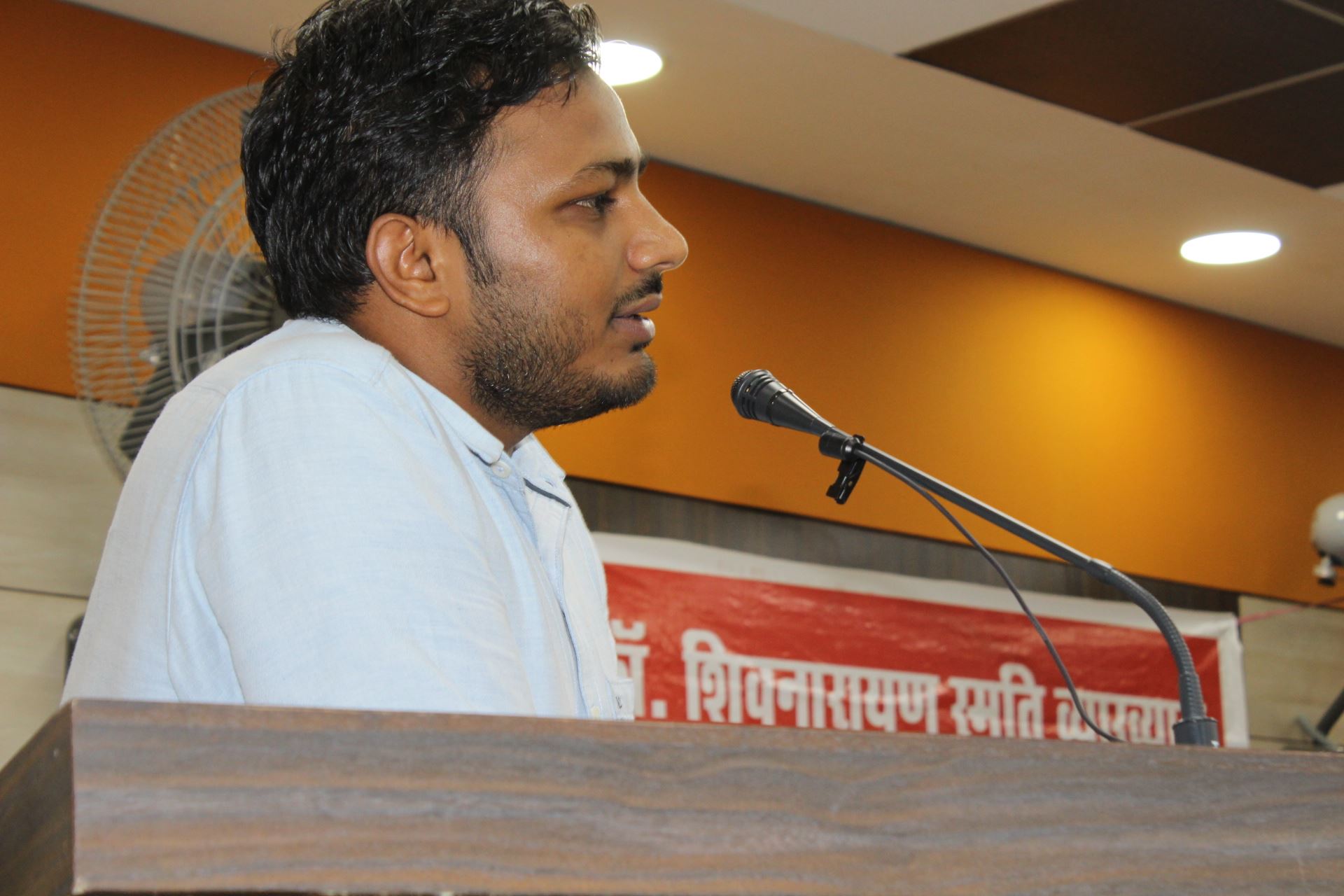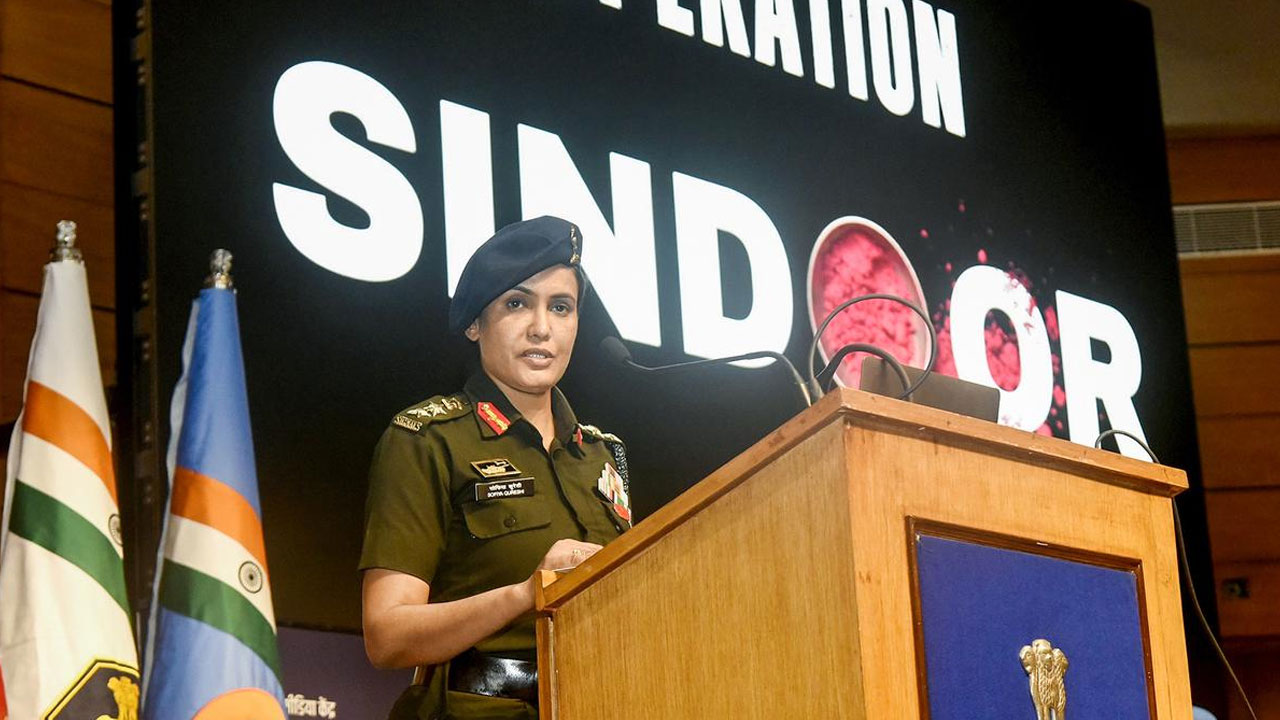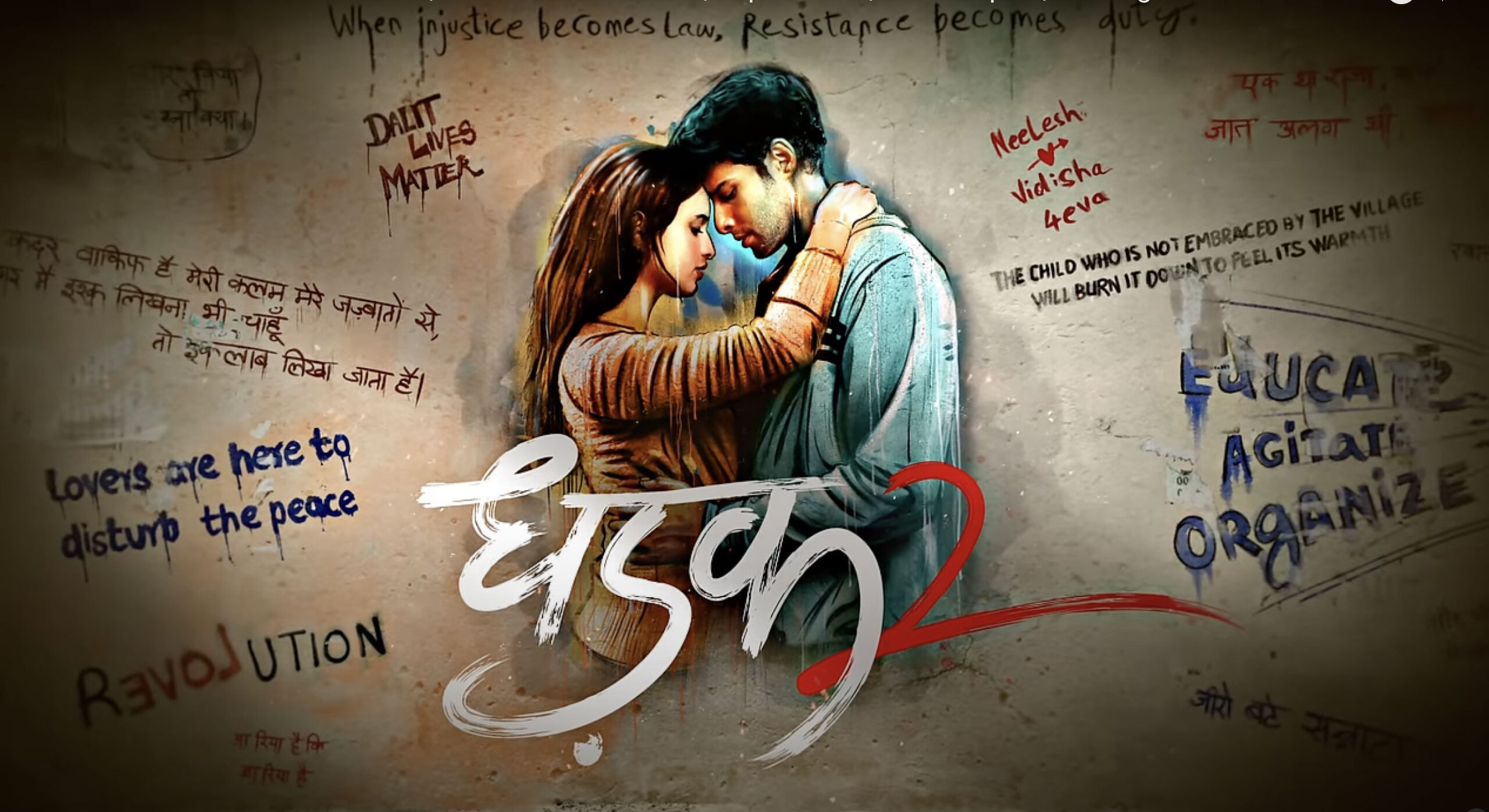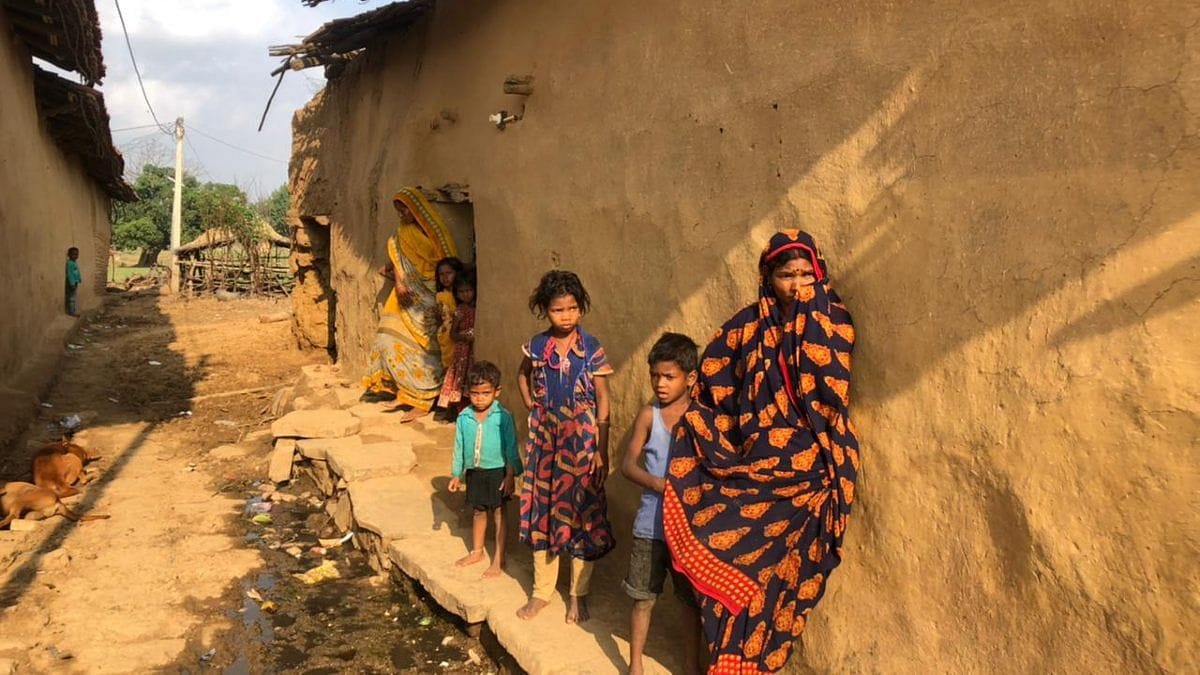In India not a single political party can survive without vote-bank politics. Although it is said and believed that today elections in Gujarat are fought on the issue of development, the reality is that all the elections fought recently – or in the past – were proof of caste politics prevailing in Gujarat.
A shocking incident of casteism had recently shocked the whole Gujarati community. Normally in Gujarat, or even in the rest of the country, Dalits or candidates from other deprived sections face social boycott from the upper castes and classes but in Kantharia village of Anand district of central Gujarat, an upper-caste Patel family is facing a boycott by its own community because a woman member of this family contested in the gram panchayat election with the support from the OBC Darbar community. Today, the Patel community of Kantharia village is socially boycotting the family of the woman candidate who refused to cow down before the threats of local Patel musclemen.
Today Gujarat’s Chief Minister Narendra Modi claims that it was “development” that brought him one victory after another; but in reality, various experiments of religion- and caste-based politics of the RSS and the BJP have succeeded in Gujarat’s politics.

After Gujarat was carved out of Bombay state, the first assembly election was held in 1962 wherein the Jan Sangh, the former political wing of the RSS, got a mere 1 per cent vote share. Five years later, in 1967, it managed to increase one more per cent in its vote kitty. On the one hand, the Jan Sangh was proceeding at tortoise speed and on the other, the Congress was marching rapidly with the help of caste-based politics. In the succeeding assembly elections of 1972 and 1976, the Jan Sangh still only got 9 per cent of the votes. In the 1980 assembly election, the RSS floated its new political avatar in the form of Bharatiya Janata Party (BJP) but just succeeded in getting 14 per cent vote share; five years later, in 1985, their vote share showed a percentage point increase.
In the 1970s, Gujarat’s most powerful and dominant Patel community started to shun the Congress, which then started to woo OBC, Dalit, Adivasi and Muslim communities and till 1985 this combination known as KHAM (Kshatriya, Harijan, Adivasi and Muslim), proved to be a strong vote bank for the party. With the help of KHAM, the Congress vote share was increasing rapidly. In 1975, the Congress managed to win with a 40 per cent vote share, and it increased to 51 percent in 1980. And in 1985 it reached its pinnacle at 55 per cent. In 1985, the OBC stalwart Madhavsinh Solanki managed to win with a record 149 seats out of the total 182. This record has never been broken by any political party in Gujarat since then. But the religion-based caste politics of BJP and the RSS trumped the Congress’s KHAM strategy in the subsequent assembly elections.
Today, the Congress is struggling to even survive. In the recently held by-election, the Congress lost all six stronghold seats against the BJP’s well-managed micro-level politics. It was possible to shear off Kshatriya and Harijans (Dalits) from the KHAM combination with the help of religion-based political gimmicks. For that purpose the BJP and the Sangh started the Ram Janmabhoomi Andolan and made Gujarat a laboratory of Hindutva.
The Hindutva agenda of the BJP and the RSS tore down the Congress KHAM citadel. The Congress vote share declined from 55 per cent in 1985 to nearly 30 per cent in the next two decades. The Congress’ caste-based politics was losing out to the BJP’s “religion-based” caste politics. In addition to raiding the Congress’ Kshatriya and Harijan (Dalit) votes, the BJP also robbed the Adivasi vote bank, with the help of the Sangh’s social activities and welfare schemes for “vanvasis” (forest dwellers). Many Adivasis were attracted towards Hindutva, which made possible the BJP’s entry into Adivasi strongholds of the Congress. It should be noted that in the 2002 Gujarat riots, Gujarat’s Adivasis played an important role in violence against the Muslim merchants.
Despite not tasting success for over two decades the Congress has clung to its old caste politics , but after defeating KHAM, the BJP has reformulated its strategy – instead of Hindutva and caste it speaks of development and governance.
A Hindutva-favouring vote bank generated after the Babri Masjid demolition in 1992 and the Gujarat riots of 2002 helped the BJP retain power in Gujarat. But in 2012 it successfully managed to win, even though there were lots of dissidents within the BJP, with the help of caste politics galvanized by Hindutva and development. With the help of Hindutva and development, along with micromanagement of Gujarat’s caste politics, the BJP has created its new voter base which consists of every class of society including the upper castes, OBC, Dalit, Adivasi and even some minority voters. Under Modi’s leadership, the BJP has taken Gujarat’s caste politics up to the level where the voter casts his or her vote under the influence of caste politics and beneath the shadow of Hindutva and development. As a result, in the 2012 assembly election, a challenge from powerful Leuva Patel lobby and rebel leader Keshubhai Patel could not hamper the BJP’s performance. Planning to divide the Leuva and Kadava Patel vote banks proved to be a failed strategy and Keshubhai’s party managed to win just two seats. Similarly, in the recently held by-elections BJP took over all six seats, including two Parliamentary constituencies.
In the recent by-election for the Limbadi assembly seat, the Congress played the majority Koli vote card and fielded a Koli candidate, the son of MP Somabhai Patel, whereas the BJP’s candidate was Kirit Rana from the locally less influential Kshatriya community but the result proved that Gujarat’s voter no longer bothers about a candidate’s caste alone. However, one cannot say Gujarat’s voter has got rid of caste politics equations. In the December 2012 assembly election, Narendra Modi’s strong candidate and powerful minister Jay Narayan Vyas was defeated by the Congress’s Bhavsinh Rajput due to caste politics. Nevertheless, on balance, Modi and the BJP has learnt well the caste-influenced mindset of Gujarat’s voter but they have manipulated the whole scenario by implementing caste-based micromanagement and selecting the right candidate, all with a dose of Hindutva and development.
Published in the July 2013 issue of the Forward Press magazine






